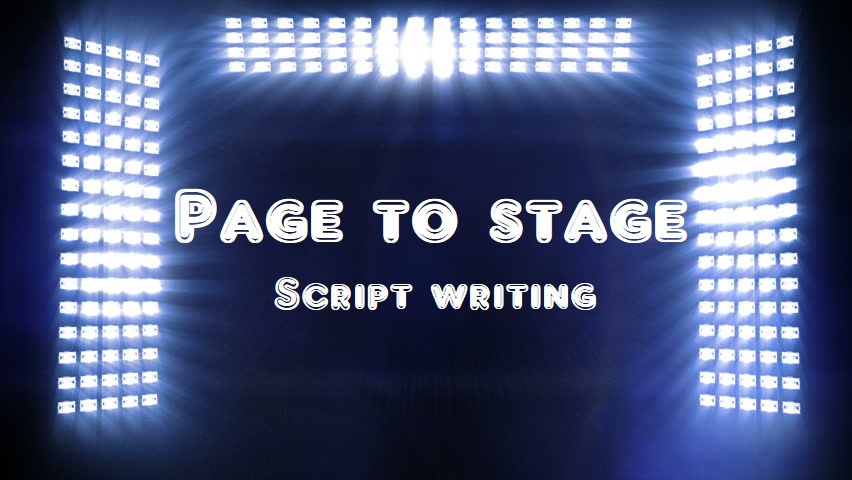
White Space
Recently, I decided to enter my latest screenplay into another screenwriting competition. Before I submitted my screenplay, I decided…
July 4, 2023
Recently, I decided to enter my latest screenplay into another screenwriting competition. Before I submitted my screenplay, I decided…
July 4, 2023
I’m binging on the superhero series The Punisher. Not because I am a comic book junkie, but because I…
June 4, 2023
For some reason, most writers are curious about writing screenplays. And they come to me with many questions about…
May 4, 2023
Over Valentine’s weekend, I decided to re-watch one of my all-time favorite movies. I decided to do a commentary…
March 4, 2023
By now most of you know I am a big Marvel junkie and escape into the marvel cinematic universe…
February 4, 2023
Tight writing has its place and purpose in all forms of writing, but more so in a screenplay. When…
May 4, 2022
When the pandemic hit, Hollywood went through a tough time since movie productions had to be shut down to…
October 4, 2021
While many have romanticized ideas about life as a screenwriter, the hard truth is writing a screenplay is just…
September 4, 2021
One of the best and most common pieces of writing advice screenwriters get is to always use visual storytelling.…
April 4, 2021
Last year I let a screenwriting and producer friend with 30 years of experience read the first draft of…
February 4, 2021
Recently, I finished the first draft of my latest screenplay. The crazy part is I didn’t think I had…
July 4, 2020
I’m excited to say that I am almost finished with the first draft of my new screenplay. Getting the…
June 4, 2020
Recently, I was motivated to start work on a new screenplay, one that has been a passion project of…
March 4, 2020
If you’ve been reading my column for any amount of time, you know it’s no secret that I am…
February 4, 2019
Recently a fellow aspiring screenwriter reached out to me on social media. She was having problems with figuring out…
December 4, 2018
While brainstorming for this post, I remembered the song that inspired the climax for my first screenplay over a…
June 9, 2018Can you share a little about your recent book – My most recent published novel is called The…
November 1, 2017
From Script to Stage/Screen Part 4 We have explored four of the major responsibilities placed upon any director in…
October 29, 2017
From Script to Stage/Screen INTERIOR. ICE CREAM PARLOR – DAYTIME Myrtle Beach in the Summer The directions in the…
July 4, 2017